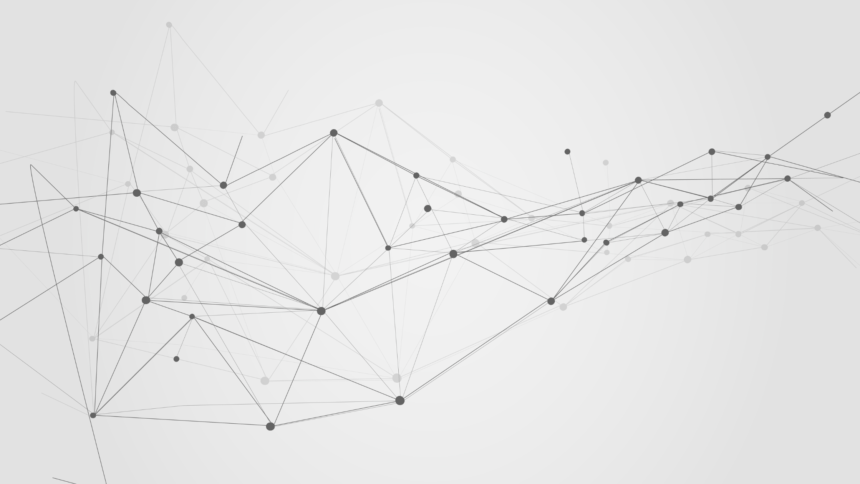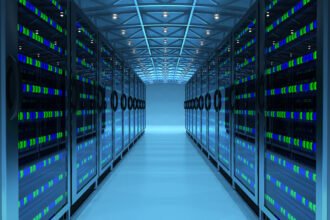Big data is shaping our world in countless ways. Data powers everything we do. Exactly why, the systems have to ensure adequate, accurate and most importantly, consistent data flow between different systems. Pipeline, as it sounds, consists of several activities and tools that are used to move data from one system to another using the same method of data processing and storage. Once it is transferred to the destination system, it can be easily managed and stored in a different method.
Data pipelines automatically fetch information from various disparate sources for further consolidation and transformation into high-performing data storage. There are a number of challenges in data storage, which data pipelines can help address.
Now, implementing the right data pipeline is an important consideration because scientists tend to spend 80% of their time on pipelining. This is against the very purpose of enabling automation at all levels so that professionals can devote their intellect to more critical tasks of analysis.
Before I pick top tools later in this post, here’s what you should be knowing.
Origin
A point of data entry in a given pipeline. Examples of an origin include storage systems like data lakes, data warehouses and data sources that include IoT devices, transaction processing applications, APIs or social media.
Destination
The final point to which the data has to be eventually transferred is a destination. The destination is decided by the use case of the data pipeline. It can be used to run analytical tools and power data visualization as well.
Otherwise, it can also be moved to a storage centre like a data warehouse or lake.
Dataflow
The movement of data in a pipeline from one point to another. This also includes any changes that happen along the way and even the data centres that are in their way.
Processing
A set of steps and activities that includes procuring data from different sources, storing and transforming it and eventually delivering it to a given destination. Data processing focuses on implementing this pattern as it’s related to the data flow. Data can be ingested by extracting it from a source system, then copying it with data replication or even by streamlining this data.
Storage
Any system where the data is stored at a given stage when moving along the pipeline is called storage. When choosing data storage consider different aspects like the volume & uses of the data or the number & frequency of queries that will be sent to a storage system.
Workflow
Any sequence of tasks and their dependence on one another is defined by a workflow in a pipeline. A job is any unit of assigned work that will perform a specific said task related to data. The source from which data enters the pipeline is called upstream while downstream refers to the final destination where the data will go. Data flows down the pipeline just like water. Note that first, upstream jobs need to be completed before the downstream tasks can begin.
Monitoring
This checks the working of a data pipeline and all its stages. This includes maintaining efficiency as the data load grows and ensuring that it remains consistent and accurate when going through different processes without losing any information.
Choosing the right data pipeline solution
Given the increasing number of options, choosing the right data pipeline solution is no less than a challenge in hand. The aptest solution should deliver the latest and authentic data sets from diverse sources to all target systems.
Moreover, it should be able to perform end-to-end integration, transformation, enriching, masking and delivery of fresh data sets. The end outcome should be clean and actionable data that can be used by end users.
While we are at it, a few tools are leading in 2022. Keboola, for example, is a SaaS solution that covers the entire life cycle of a data pipeline from ETL to orchestration. The modular architecture delivers greater customization with plug-and-play.
Next is Stitch, a data pipeline solution that specializes in smoothing out the edges of the ETL processes thereby enhancing your existing systems.
Covering a vast range of source and target systems, Stitch is known to have one of the most intelligent integrations of multiple vendors. Its underlying Singer framework allows the data teams to customize the pipeline with ease.
K2View leaps at the traditional approach to ETL and ELT tools. It detaches from the complicated and computes heavy transformations to deliver clean data into lakes and DWHs.
Their data pipelining solution moves the business entity data through the concept of micro-DBs, which makes it the first of its kind successful solution.
It stores the data of every partner business entity in an exclusive micro-DB while storing millions of databases. It moves the data at a massive scale thereby attesting data integrity and speedier delivery.
Data Pipeline: Use Cases
With the growth of big data, data management is now an ever-increasing priority. Although a data pipeline can serve several functions, here are a few main use cases of them in the industry:
- Data Visualizations represent any data via graphics like plots, infographics, charts, and motion graphics. Visualizations make communicating complex information much easier in a visual form.
- Exploratory Data Analysis is used to analyze and investigate data sets using data visualization to summarize the characteristics. It gives data scientists the best way to manipulate data sources so that they can eventually spot anomalies, test hypotheses, discover patterns, and even check assumptions
- Machine learning is a type of AI that focuses on the use of algorithms and data to replicate the way a human brain thinks works and makes decisions. Algorithms make predictions by using statistical methods and help uncover several key insights in data mining projects.
Data Pipeline Architecture Planning
Data pipeline architecture planning is extremely important in connecting multiple sources of data and targets. It helps teams create, transform, and even deliver this data and thus adds advanced automation capabilities for a seamless and more accurate process.
It is detrimental for enterprises to plan an ideal data pipeline architecture while taking into account their key challenges and considerations.
Addressing The Challenges
Remember that data pipeline architecture should provision all data requirements and resolve any other issues that stem from the data. An enterprise usually needs to collect data from various sources and in different formats.
Carrying out these operations at scale can be quite an overwhelming task for enterprises. Not only this, the challenges are compounded if we add system vulnerabilities and compliance regulations.
What tool are you using? Share your experiences.









